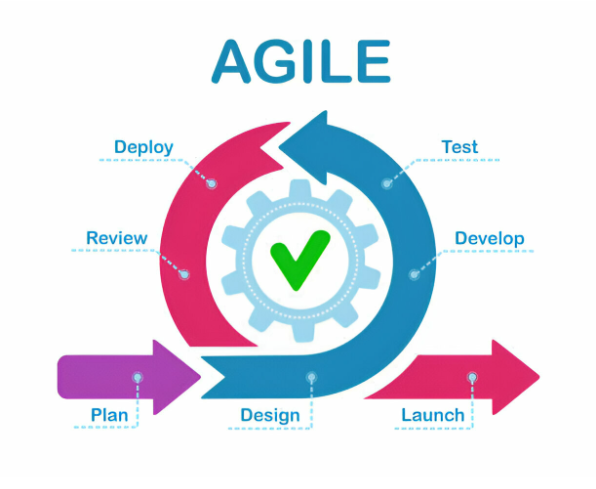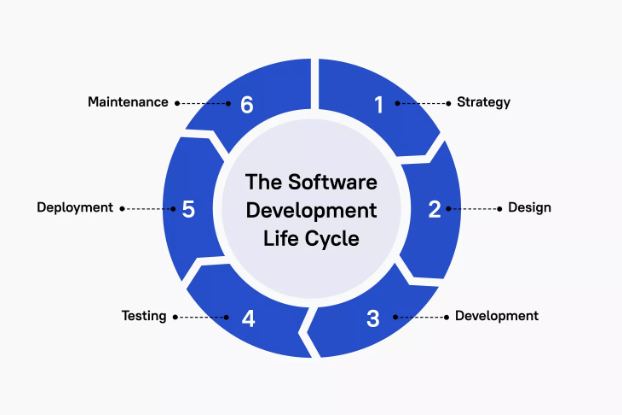
Figure 1: Phases of Agile Development Process
A product goes through a structured set of steps in the Agile lifecycle. Usually, there are six Agile SDLC phases or Agile iterations. These Agile stages each last between one and three weeks and include:
Before the Agile development life cycle starts, stakeholders and product owners work together to plan the project's goals and boundaries. They examine the prices, the expected completion date, the desired features, and the requirements to determine whether the project is feasible.
This is the second of six steps in the Agile development life cycle. In this stage, the founder picks the right team members, gives them jobs, and gives them the tools they need to start building the product.
Before starting the development process, planning and deciding on the primary set of methods and templates for future development work is essential. The first part of the planning process is called the "inception phase."
- UI/UX design, in which designers make a model of the user interface and experience after carefully studying the pros and cons of their rivals.
- Product design involves the dedicated team discussing frameworks, containers, programming languages, and other tools that best meet business needs.
You can move on to the next stage once the team and software setup are set up at the end of this phase.
In this step, developers and UI/UX designers work closely to ensure that all feedback and business needs are reflected in the code. The team works on the product backlog over several development sprints during this time.
The iteration (or development) stage is an integral part of the agile method because it lets the team create a product with few features and add more later. After the development stage, quality testing, technical documentation writing, and ending the iteration are necessary.
The digital product is tested at the end of each sprint, and then there is one last testing step to ensure the software works perfectly. Several types of tests are part of the Agile life cycle, such as:
- Unit Testing: At this stage, the QA team independently checks the performance and usefulness of each front-end and back-end component.
- Integration Testing: In this step, different product parts are combined to ensure they work well together.
- Acceptance Testing: After this step, quality assurance experts check to see if the digital product meets the needs of end users.
- System Testing: The system is checked to ensure all parts work correctly. If the tests go well, the QA team gives the go-ahead for the next deployment step.
The assigned team takes all of these steps to check the quality of the code and the product's ability to meet business goals. Once the product has passed all its tests, it is time to put it on the market. Please don't hesitate to contact us if you need top-notch quality assurance services from professionals in the field.
During this phase, the main goal is to produce a reliable and effective product that meets customers' needs. The product's quality assurance tests ensure it is error-free and works perfectly when released.
The object is ready for sale after completing the last tests and checks. The software makers often teach people how to use it effectively to help them get used to it. The dedicated team moves on to the final part when they finish their tasks.
When an Agile software development project reaches this point, the goal is no longer to have a successful start but a successful long-term outcome. The product was launched successfully, and customers often give feedback, ask for new features, or interact with the latest updates.
It's up to the stakeholders, development teams, and management teams to keep the application running smoothly by providing ongoing support.






